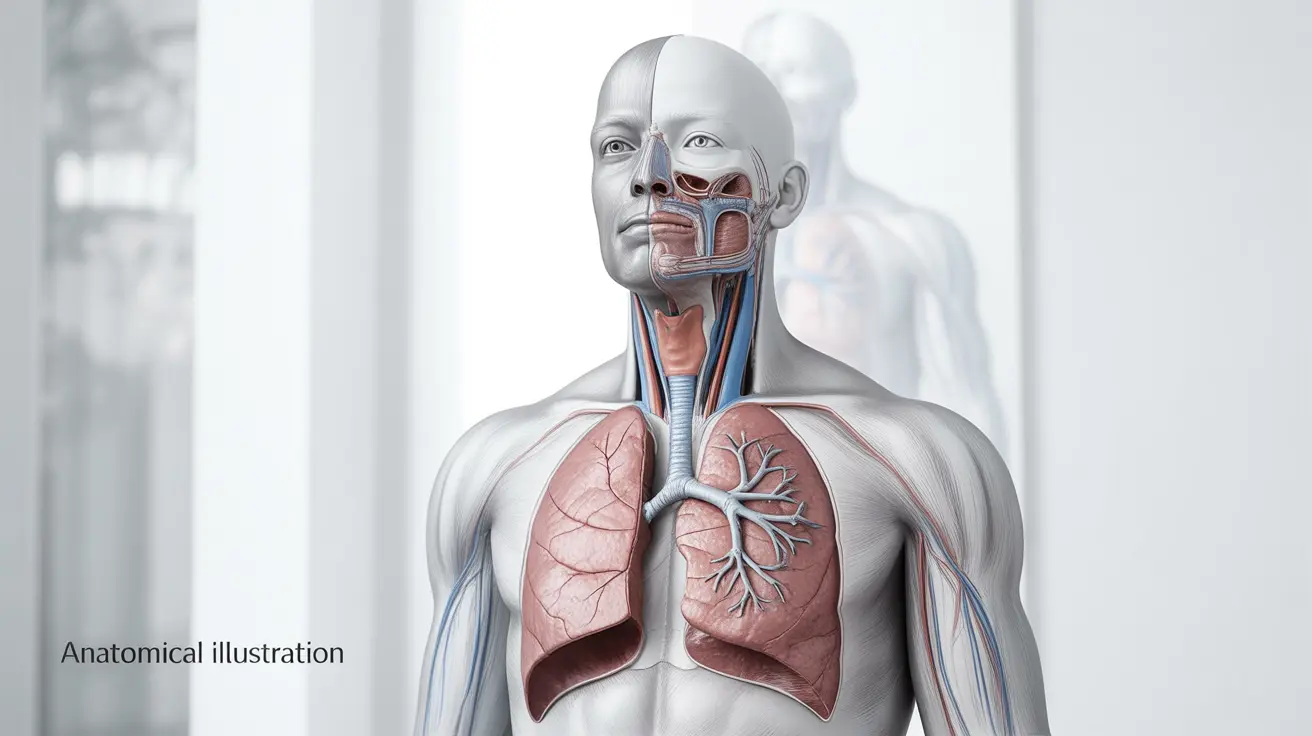A collapsed lung, medically known as pneumothorax, is a serious condition that requires immediate medical attention. While the thought of a collapsed lung can be frightening, understanding its severity, symptoms, and treatment options is crucial for recognizing when to seek emergency care and knowing what to expect during recovery.
This comprehensive guide will explore the potentially life-threatening aspects of pneumothorax, its various types, and the critical factors that determine its severity and treatment approach.
Understanding Pneumothorax and Its Severity
A collapsed lung occurs when air leaks into the space between the lung and chest wall, causing the lung to collapse partially or completely. The severity can range from mild to life-threatening, depending on various factors including the amount of collapse and whether it's a tension pneumothorax, which is particularly dangerous.
Types of Collapsed Lung
There are several types of pneumothorax, each with different levels of severity:
- Primary spontaneous pneumothorax (occurs in otherwise healthy people)
- Secondary spontaneous pneumothorax (related to underlying lung disease)
- Traumatic pneumothorax (caused by injury)
- Tension pneumothorax (most severe form)
Recognizing Life-Threatening Symptoms
Identifying severe symptoms that indicate a potentially fatal collapsed lung is crucial for seeking timely treatment. Key warning signs include:
- Sudden, severe chest pain
- Extreme difficulty breathing
- Bluish skin color (cyanosis)
- Rapid heartbeat
- Dizziness or fainting
- Severe anxiety or restlessness
Treatment Options and Medical Intervention
The treatment approach depends on the severity and type of collapse. Medical professionals may employ various interventions:
Conservative Management
For small, uncomplicated cases:
- Observation and monitoring
- Supplemental oxygen
- Rest and recovery
Invasive Procedures
For severe cases:
- Needle aspiration
- Chest tube insertion
- Surgery (if necessary)
Prevention and Risk Management
Understanding risk factors and prevention strategies is essential, particularly for those with underlying conditions:
- Regular medical check-ups
- Avoiding smoking
- Following medical advice for existing lung conditions
- Taking precautions during activities that could increase risk
Frequently Asked Questions
- Can a collapsed lung (pneumothorax) be fatal if left untreated?
Yes, a collapsed lung can be fatal if left untreated, particularly in cases of tension pneumothorax. This severe form can rapidly compress the heart and blood vessels, leading to cardiovascular collapse and death if not treated promptly.
- What are the symptoms of a tension pneumothorax, and how is it treated?
Tension pneumothorax symptoms include severe chest pain, rapid breathing, extreme shortness of breath, and cardiovascular instability. It requires immediate emergency treatment through needle decompression or chest tube placement to relieve the pressure.
- How does having underlying lung disease affect the prognosis of pneumothorax?
Underlying lung diseases significantly increase the risk of complications and recurrence. These patients typically require more aggressive treatment approaches and have a higher likelihood of needing surgical intervention.
- What are the most effective treatments for pneumothorax, and what are the risks associated with them?
The most effective treatments range from observation for small collapses to chest tube insertion or surgery for larger ones. Risks include infection, bleeding, pain, and potential complications from anesthesia during surgical procedures.
- How can you reduce the risk of developing pneumothorax, especially if you have a history of lung conditions?
Risk reduction strategies include quitting smoking, avoiding sudden changes in air pressure, managing underlying lung conditions effectively, and following medical advice regarding physical activities and lifestyle modifications.
If you experience symptoms of a collapsed lung, don't wait to see if they improve on their own. Seek immediate medical attention, as prompt treatment can be life-saving and lead to better outcomes.




